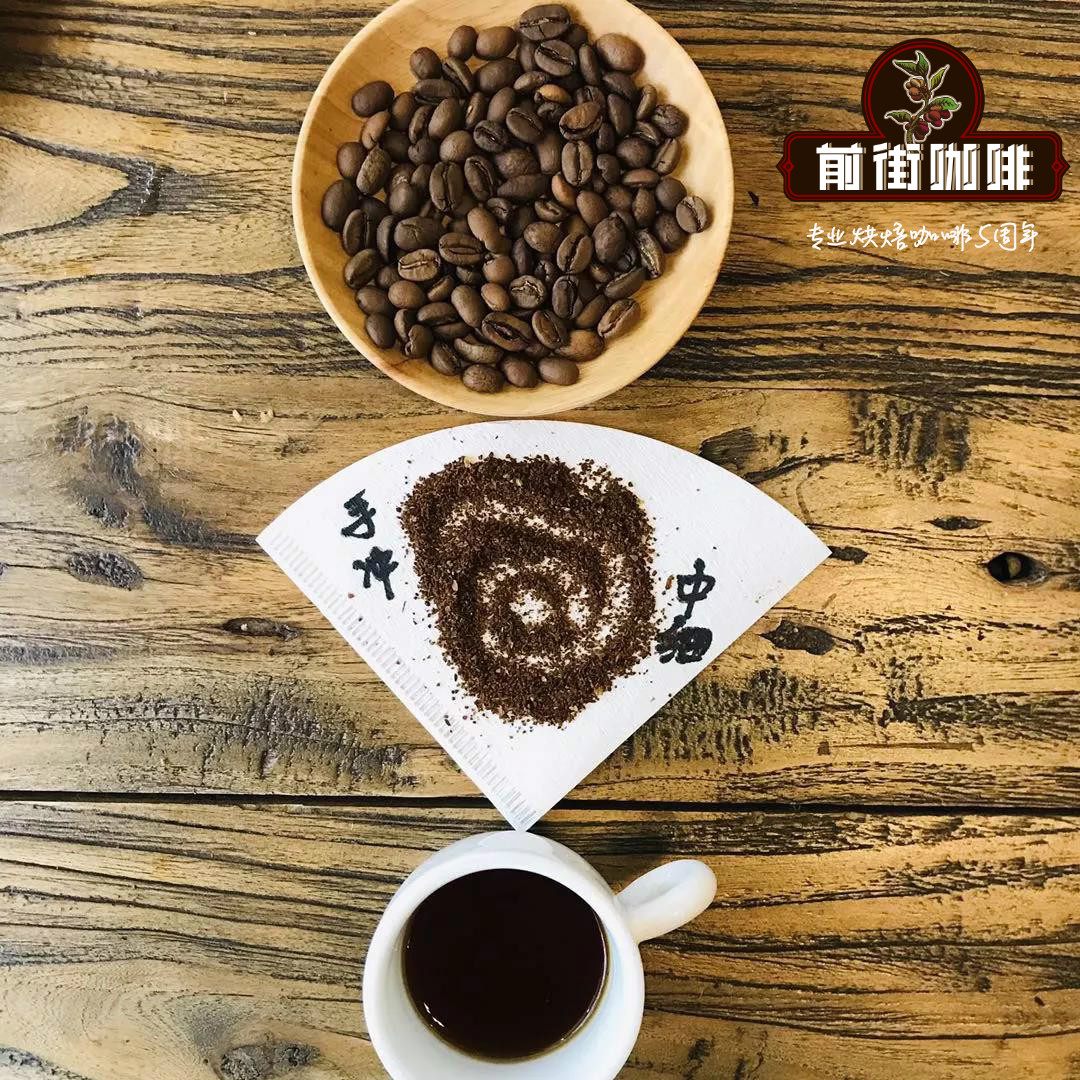What are the coffee producing areas in Honduras? Introduction to the Flavor characteristics of Honduras Coffee

Professional coffee knowledge exchange more coffee bean information please follow the coffee workshop (Wechat official account cafe_style)
The coffee industry in Honduras developed very early. More than a decade ago, it was only the positioning of non-characteristic commercial formula beans, dumping the market at a large number of low prices. In fact, Honduras has a good coffee growing environment, microclimate, altitude, soil, abundant rainfall and clear dry and rainy season, as well as diligent farmers. It is only the drying process and logistics problems that have been criticized for a long time, affecting the quality of coffee. In recent years, from the government's awareness of the boutique coffee market, it has gradually become depressed, driving the Hongguo coffee industry to appeal for high-quality coffee to improve the income of farmers.
Hongguo coffee is of first-class quality and the price is the most competitive in Central American countries, mainly exported to the United States, Germany and Japan. Coffee varieties are 100 per cent Arabica, 69 per cent are HG and 12 per cent are SHG,19% and CS. There are mainly Typica, Bourbon, Caturra, Villa Sarchi and Lempira brands.
With the baptism of the international cup of excellence competition platform, Hongguo coffee farmers have also begun to actively improve, gradually reversing the stereotype of Hongguo coffee by buyers everywhere with good quality. Honduras is currently the largest coffee producer in Central America. In the past, one of the main reasons for the boredom of coffee in Honduras was the drying process, where abundant and variable rainfall in the mountains made it impossible for raw beans to dry completely at the last stage of production. So most of the processing plants will combine mechanical drying quickly, in addition to adverse preservation, coffee flavor will also be lost.
Honduras coffee is divided into six major producing areas, covering the west and south, namely, Copan, Opalaca, Montecillos, Comayagua, Agalta Tropical and El Paraiso, with an average planting height of more than 1100 meters above sea level.
Important Notice :
前街咖啡 FrontStreet Coffee has moved to new addredd:
FrontStreet Coffee Address: 315,Donghua East Road,GuangZhou
Tel:020 38364473
- Prev

What are the characteristics of Costa Rican hummingbird processing factory coffee Costa Rican coffee is only treated with honey
Professional coffee knowledge exchange more coffee bean information please follow the coffee workshop (Wechat official account cafe_style) Costa Rica's seven main coffee producing areas are distributed from northwest to southeast along with the inland central plateau. The fertile volcanic ash, mild and suitable temperature, and stable and abundant rainfall in Costa Rican volcanic terrain are all factors that make coffee a major agricultural product in Costa Rica.
- Next

Coffee beans from Sika, Kenya: a description of the characteristics and flavor of Kenyan coffee from the African continent
Kenya Sika is one of the well-known producing areas in the second largest coffee producing country in Africa. Compared with coffee beans in other Kenyan producing areas, it not only has obvious tomato tonality, but also has some unique characteristics. The treatment method of raw bean is mainly water washing, the grading method is graded by particle size, and its practical value is determined by cup test. The highest grade of coffee beans is AA (left at 7.2m
Related
- Detailed explanation of Jadeite planting Land in Panamanian Jadeite Manor introduction to the grading system of Jadeite competitive bidding, Red bid, Green bid and Rose Summer
- Story of Coffee planting in Brenka region of Costa Rica Stonehenge Manor anaerobic heavy honey treatment of flavor mouth
- What's on the barrel of Blue Mountain Coffee beans?
- Can American coffee also pull flowers? How to use hot American style to pull out a good-looking pattern?
- Can you make a cold extract with coffee beans? What is the right proportion for cold-extracted coffee formula?
- Indonesian PWN Gold Mandrine Coffee Origin Features Flavor How to Chong? Mandolin coffee is American.
- A brief introduction to the flavor characteristics of Brazilian yellow bourbon coffee beans
- What is the effect of different water quality on the flavor of cold-extracted coffee? What kind of water is best for brewing coffee?
- Why do you think of Rose Summer whenever you mention Panamanian coffee?
- Introduction to the characteristics of authentic blue mountain coffee bean producing areas? What is the CIB Coffee Authority in Jamaica?

